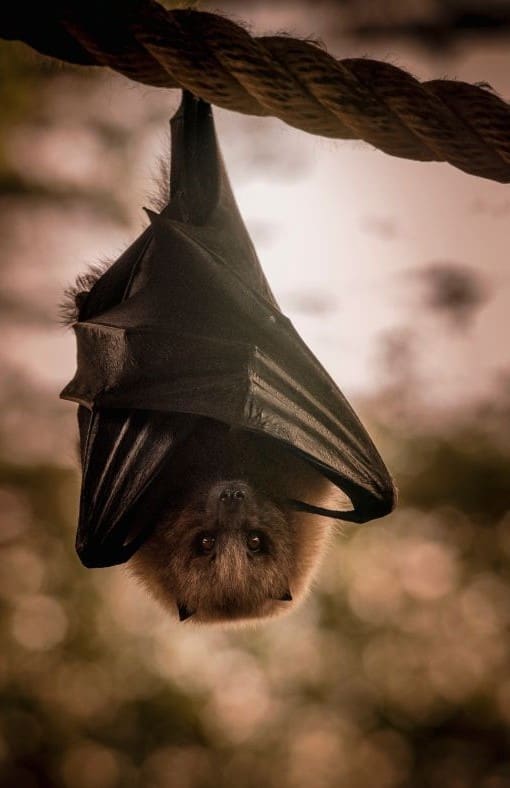Bats have long been associated with Halloween, stemming from their behavior of gathering in the autumn before migration or hibernation. According to NWF, during the Celtic festival of Samhain, bonfires attracted insects, which in turn attracted bats. The Celts believed these bats were spirits, scared off by divine fire.
In 1897, Bram Stoker’s Dracula further solidified bats’ spooky reputation, drawing on the behavior of real vampire bats, which feed on animals’ blood, though harmless to humans.
Kansas is home to 15 bat species. Among the more common ones that may form colonies in homes are the Big Brown Bat (Eptesicus fuscus), Little Brown Bat (Myotis lucifugus), and Evening Bat (Nycticeius humeralis). Less commonly found, but documented, are the Northern Long-eared Bat (Myotis septentrionalis) and Tri-colored Bat (Perimyotis subflavus).
Those who find a bat in their home need to call the KDHE Epidemiology Hotline at 877-427-7317 to help determine if the bat needs to be tested for rabies.
The Kansas Department of Wildlife and Parks (KDWP) suggests these methods for exclusion:
- Exclusion method- A small piece of mesh or netting to create a one way exit for bats that might be in an attic. It is best to exclude bats from your home in the early spring or fall, when there are no flightless young. Young bats that are not able to fly can get trapped inside which can lead to an upset mother bat and/or smelly dead bat. For more information on excluding bats from your home go to: http://www.batcon.org/resources/for-specific-issues/bats-in-buildings
- Contact local pest control. Many of these services can remove the bats. In most cases, these professionals have a special permit from KDWP that falls under Nuisance Wildlife Control. You can find more information about these permits and a list of permitted pest control companies at http://ksoutdoors.com/Services/Wildlife-Damage-Control/Nuisance-Wildlife-Damage-Control (click NWDC Permit Holders). Pest control companies that are permitted through KDWP will state which animals they can remove. Bats fall under nongame mammal removal.
- Check around your home for small holes and crevices. A lack of maintenance around the home can create small holes and crevices that bats can use. Filling in small holes and crevices around your home will prevent the bat(s) from returning.
More information from KDWP about bats is available on their website.













